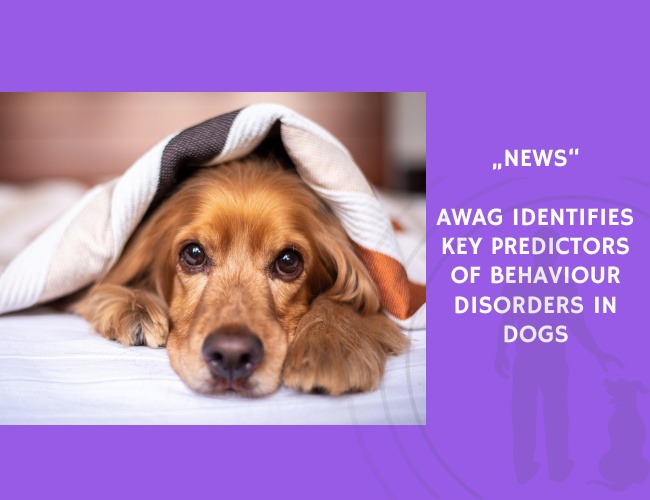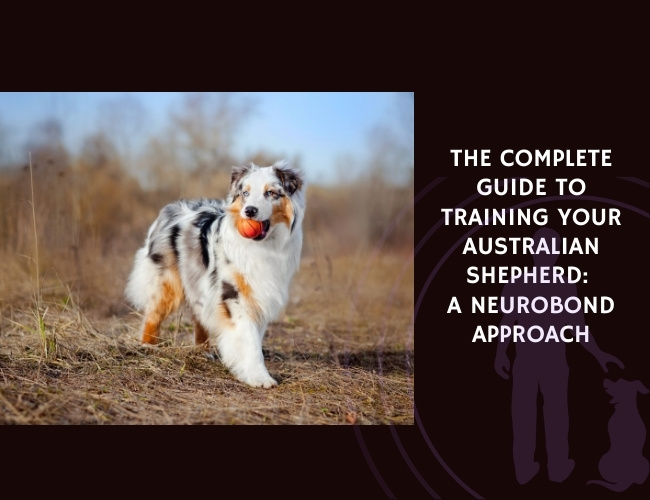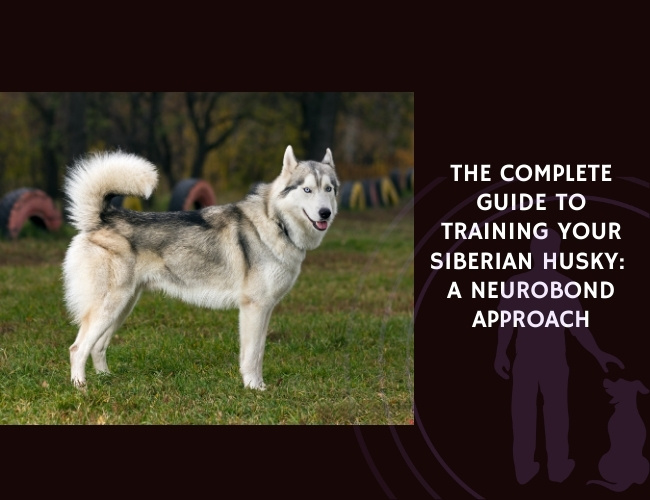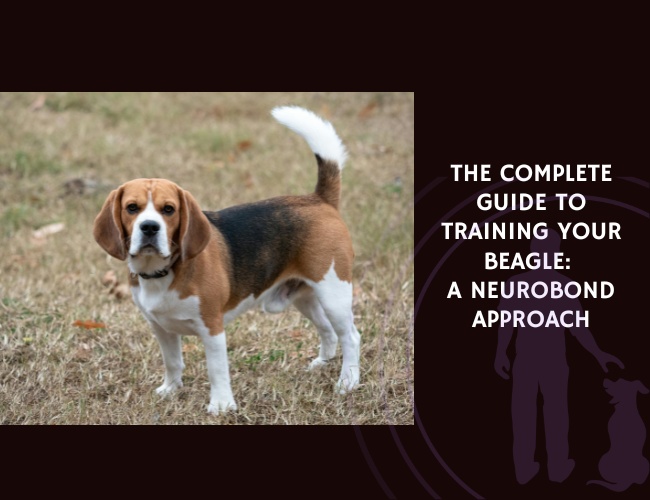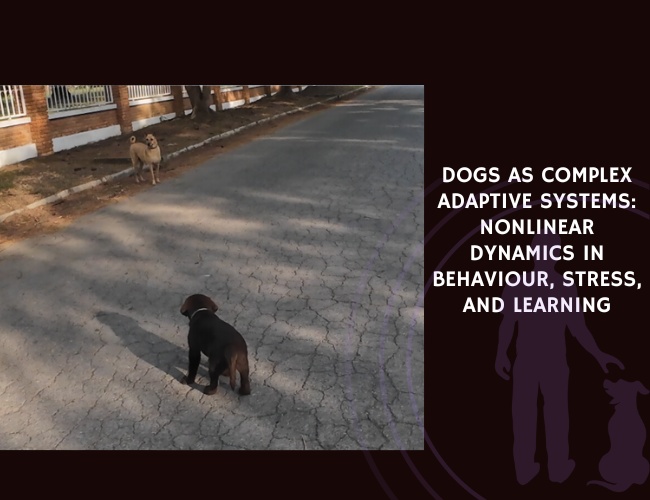Behavioural disorders represent a major challenge in canine welfare, often leading to compromised wellbeing and increased risks of abandonment or euthanasia. To better understand the predictors of these issues, Malkani, Paramasivam, and Wolfensohn (2024) applied the Animal Welfare Assessment Grid (AWAG) to a cohort of dogs with behavioural disorders and compared them with healthy controls.
A total of 177 AWAG assessments were conducted on 129 dogs with diagnosed behavioural disorders and compared against 117 healthy dogs. The AWAG tool scored multiple domains, including physical, psychological, social, and environmental welfare factors. Results showed that nearly all categories, with the exception of body condition and procedure pain, were significantly worse in dogs with behavioural disorders.
Key findings included:
- Aggression towards caregivers, frequency of fears and anxieties, and lack of choice, control, and predictability emerged as the strongest predictors of behavioural problems.
- Correlations were found between changes in routine and aggression, as well as between handling stress and the frequency of fears and anxieties.
- Dogs with behaviour disorders consistently scored lower in mobility, enrichment use, social interactions, and stress resilience.
The authors highlight the interconnected nature of welfare factors, showing that behavioural issues cannot be considered in isolation but are influenced by physical health, environmental predictability, and caregiver interactions. They suggest that veterinary and welfare professionals should treat aggression, frequent fears, and reduced control as early warning indicators of emotional distress in dogs.
This research underscores the potential of the AWAG as a valuable tool in preventive behavioural medicine, enabling early detection of welfare risks and guiding more effective interventions to support canine wellbeing.
Source: Malkani, R., Paramasivam, S., & Wolfensohn, S. (2024). A Multidimensional Evaluation of the Factors in the Animal Welfare Assessment Grid (AWAG) That Are Associated with, and Predictive of, Behaviour Disorders in Dogs. Animals, 14. Authors: Rachel Malkani, S. Paramasivam, S. Wolfensohn. Journal: Animals.

